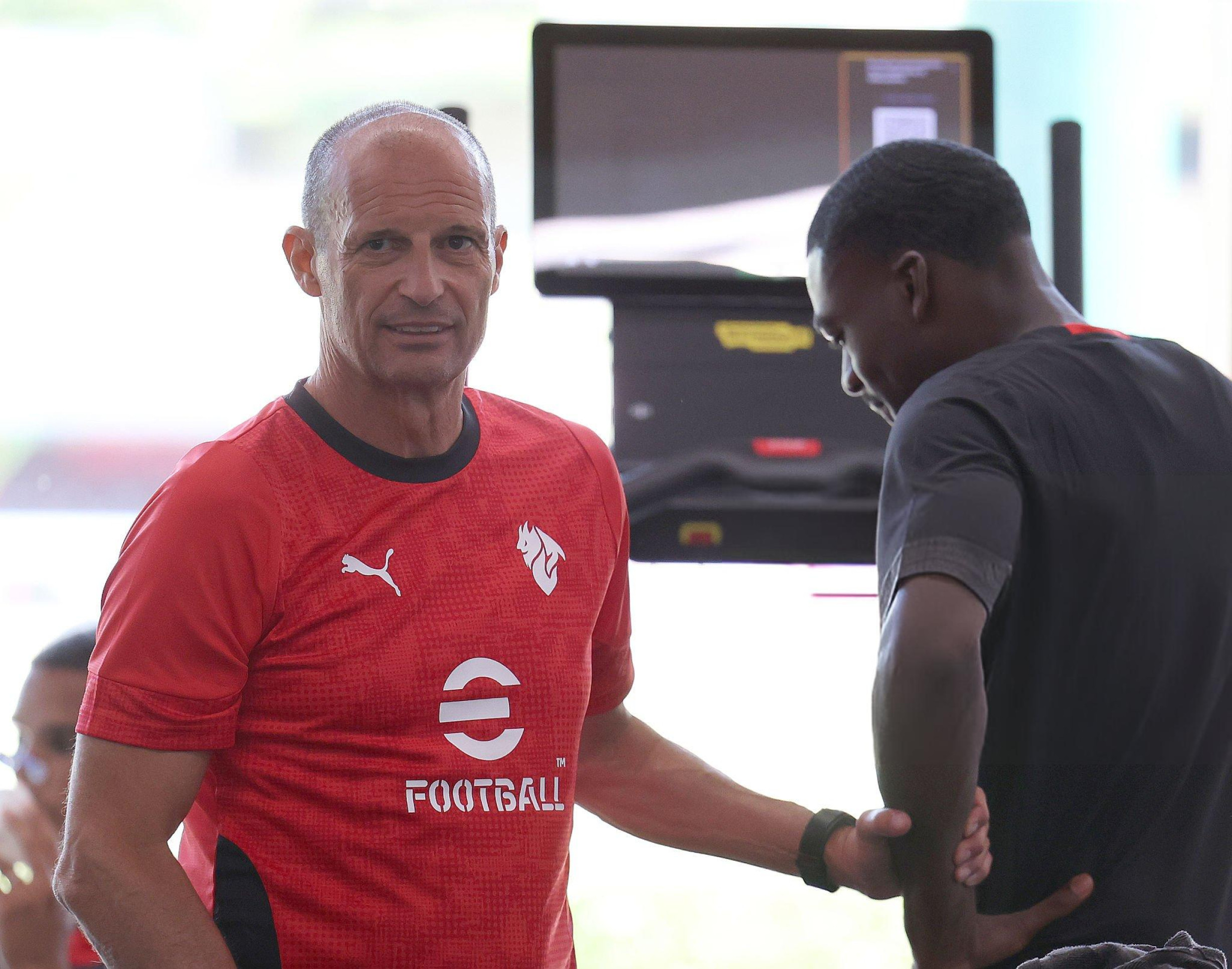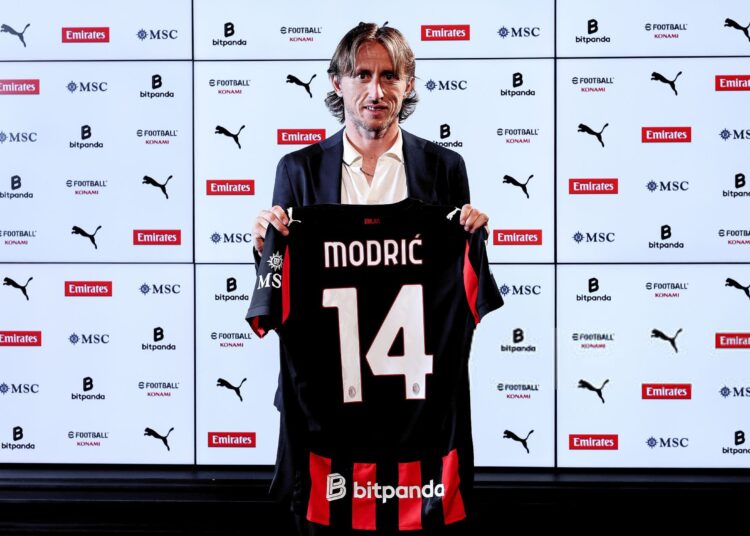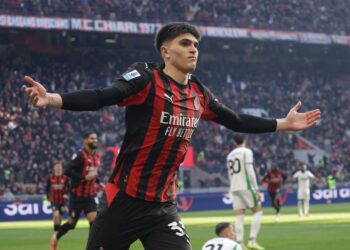The arrival of Massimiliano Allegri on the Milan bench and that of Luka Modrić in midfield are not just two transfer coups—they are a political and sporting manifesto by the new Rossoneri ownership.
After years of transitions, experiments, and fluctuating identities, the club on Via Aldo Rossi has chosen to bet on experience, balance, and long-term vision, responding decisively to those
calling for a turning point after inconsistent seasons.
Allegri: Back to the Future:
The last coach to lead Milan to the Scudetto before the Pioli era has returned—but this time in a radically different context. In 2011, he inherited a team full of veterans and trophies. Today, Allegri finds himself in a young, technically capable but psychologically fragile environment.
The management has entrusted him with the task of restoring tactical solidity, mental discipline, and consistency in results—traits that have defined his career, especially with the Juventus side that won five consecutive league titles. His pragmatic football, often criticized as too cautious, might actually be the right remedy for a team that, after its 2022 breakthrough, lost itself amid technical upheavals and a confused identity.
In Milan, Allegri will find a demanding fan base, a squad full of potential but also uncertainties. His mission will be to get the best out of players like Leão, Loftus-Cheek, and Pulisic, integrating new pieces into a functional and reactive system. It won't be easy, but his personal story qualifies him as the ideal man to restore Milan’s winning spirit.
Modric: Leadership and Class in Service of the 'Diavolo':
The other major news is the surprising arrival of Luka Modrić, Croatian champion and Real Madrid legend. At 39 years old, his signing may seem like a nostalgic move. But those who know Modrić understand he is one of football’s last romantics—still capable of dictating tempo, lighting up the game with a single move, and raising the technical level of the entire team.
Milan didn’t sign Modrić just for what he’ll do on the pitch, but for what he represents off it: an exemplary professional, a quiet but authoritative leader, a role model for younger players. His presence is not superfluous—it is formative, educational, and essential for building a winning mentality.
In a league that increasingly rewards pace and physicality, the Croatian’s vision could be the weapon that breaks games open—breaking the opponent's press with one touch and giving breath to Milan's play. His physical condition will need careful management, but few in Europe can still handle the ball like he can.
A Milan Changing its Skin
Allegri and Modrić are symbols of a new Rossoneri era: less reliant on market gambles, more oriented toward competence and strategy. After bets like De Ketelaere, Adli, Thiaw, and the inconsistent Leão, Milan is now in search of certainties.
In a way, this is a reset not just technically, but culturally. Once again, we’re talking about tactical balance, hierarchies, and locker-room figures—fundamental elements for building a team that doesn’t live only on enthusiasm and moments, but one that is solid over time.
And in this context, Milan becomes once again both stage and laboratory. The city—accustomed to past grandeur and always hungry for the future—watches this new project with curiosity and expectation. The comparison with Inter, which has dominated the Italian and European scene in recent years, is inevitable. But Milan has chosen a different path—not by chasing models, but by building its own.
The Challenges Ahead:
The arrival of Allegri and Modrić doesn’t guarantee immediate success, but it does offer a solid foundation to build from. The coach will have to navigate an environment divided between enthusiasm and skepticism, but he knows how to handle pressure. Modrić will have to prove that age is just a number, and that quality has no expiration date.
Pioli was the architect of a revival, but his cycle ended when the team lost clarity, balance, and ambition. Allegri now represents a unifying figure, capable of blending creative impulses with necessary pragmatism.
Milan isn’t starting out to win right away—but to rebuild a mentality. And with figures like Allegri and Modrić, dreaming big is anything but a utopia. Patience will be needed, but the message is clear: Milan is once again making Milan-worthy choices.
The Effect on Milan and Serie A
On a city level, the arrival of such heavy names fuels the rivalry with Inter, who are also undergoing a technical transition while competing for the Scudetto after losing it to Napoli. The presence of coach Massimiliano Allegri and a veteran like Luka Modrić raises the level of Serie A, attracting international media attention and adding a compelling narrative layer to the league.
Milan, once again, confirms itself as the epicenter of Italian football—where the present intertwines with history, and the future is built on prestige. It’s no coincidence that the two Milanese clubs are the most active in shaping clear sporting projects.
A Clear Message to Italian Football:
Finally, the signing of Allegri and Modrić sends a strong signal to the entire Italian football system: winning doesn’t come only through algorithms and scouting hunches, but also with clear ideas, experienced figures, and consolidated professionalism.
Milan has chosen to raise the bar—betting on two men who know what it means to win, to lose, to manage a locker room, to face the media, and most of all, to withstand pressure. In an era where everything seems like it must be "new", perhaps the real evolution is returning to certainty.
















